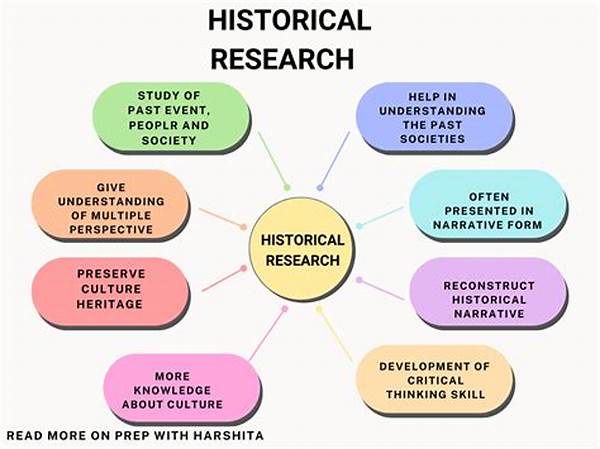Let’s face it, delving into history often feels like dusting off old books and wrestling with hard-to-decipher documents. But what if history came alive with sounds and visuals? Imagine walking through a rural village of the past, hearing the laughter of children, the clattering of horse-drawn carriages, and the lively tunes of local musicians. That’s what audiovisual sources can do—they transform static tales into lively narratives.
Read More : Color Grading Tips For Cinematic Videos
In today’s world, where Instagram stories and TikTok videos are the rage, it might seem odd that historians are just catching up with the audiovisual wave. But here’s the kicker: these sources offer a rich tapestry of information, especially when exploring the intricacies of rural communities. Let’s dive into the captivating world of audiovisual storytelling and unravel the unsung benefits of audiovisual sources in historical research about rural communities.
Why Audiovisual Sources Matter
Audiovisual sources, like videos, documentaries, and sound recordings, offer an immersive experience that written documents cannot provide. They’re like time capsules preserving the sights and sounds of the past, which can be pivotal in historical research about rural communities.
Bringing History to Life
When we talk about history, traditional sources like letters, diaries, and official documents come to mind. While these are invaluable, they often miss out on the essence of daily life, especially in rural settings where oral traditions and visual cues are significant. Audiovisual sources can bridge this gap. For example, a documentary featuring interviews and footage from a 1950s rural village can provide insights into cultural practices, community relationships, and everyday life that text simply cannot capture.
More Than Just Words
Words often fail to capture the essence of rural communities. The sound of regional accents, the visual detail in traditional clothing, and the rhythm of local music are elements that can deeply enrich our understanding of history. For historians, these sources offer an exclusive peek into the world’s myriad cultures, highlighting the diversity of rural experiences. Imagine exploring how a harvest festival in a small village has evolved over the decades—only audiovisual sources can show the delightful dance moves or the lilting melodies sung by generations past.
Diving Deeper Into Benefits
There’s a treasure trove of benefits when employing audiovisual sources in historical research about rural communities.
A Personal Touch
Audiovisual sources help historians connect emotionally with their subjects. In “History According to Granny,” a local documentary about an 80-year-old woman recounting her youth in a sleepy village, audiences not only hear her words but see her expressions. This personal connection can drive deeper engagement and empathy, making the history more relatable and memorable.
Complementing Traditional Sources
Documents and audiovisual materials are not mutually exclusive. They complement one another. For instance, a written diary may mention a local festival, but a recording of the actual event can shed light on the music played, the food served, and the laughter shared. Together, they paint a fuller picture of historical events.
Accessibility and Preservation
The digital era has made audiovisual sources more accessible to researchers worldwide. As these materials are often translated into digital formats, they become easier to preserve and share. This ensures that even the most remote community stories can be safeguarded for future generations.
Unlocking the Potential of Audiovisual Sources
As we celebrate the benefits of audiovisual sources in historical research about rural communities, it’s essential to recognize their broader implications.
Read More : Review Of The Best Wireless Microphones For Video Production
Educating the Masses
Audiovisual sources are powerful educational tools. They can invigorate history lessons, making them more engaging and relatable for students. Imagine a class viewing a documentary on rural life in post-war Europe, then discussing how those experiences reflect contemporary issues. This dynamic method can stimulate critical thinking and foster an appreciation for history’s complexities.
Advocacy and Action
Besides education, audiovisual sources can galvanize action. Films illustrating the challenges faced by rural communities can boost awareness and encourage activism. Such materials can be instrumental in campaigns for rural development or in preserving endangered traditions and languages.
Points of Impact
To fully harness the benefits of audiovisual sources in historical research, consider these points:
Wrapping It Up
In a world continually shaped by visuals and sound, leveraging audiovisual sources in historical research about rural communities is more crucial than ever. They enrich our understanding, evoke empathy, and shine a light on the often-overlooked stories of rural life. By blending traditional and modern methods, historians can continue to illuminate the lives of those who shaped the very foundation of our collective past.
So next time you delve into historical research, don’t just skim through faded documents. Instead, unlock the vibrant and immersive world that audiovisual sources can provide. Whether you’re a historian, teacher, or just a curious soul, these resources promise to offer a dynamic and enriching perspective of history that words alone cannot.
—
In conclusion, embracing audiovisual sources not only elevates historical research but also connects us emotionally and intellectually to the past. As we look to the future, let’s ensure that these narratives, captured through sound and visuals, persist and inspire generations to come.
